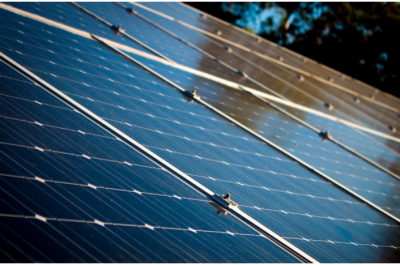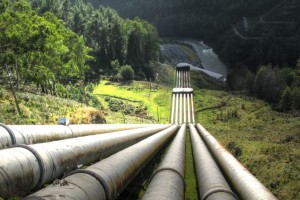Powering Regional Communities through Microgrids
Australia faces unique challenges when it comes to providing reliable and sustainable energy to isolated communities. In recent years, the concept of microgrids has gained momentum as a promising solution to address these challenges. These small-scale, localised energy systems can provide reliable and renewable energy to communities through severe weather events when connection to the grid is impacted. We explore the benefits of microgrids in Australia and how they can be an energy resilience “life jacket” for regional communities.
On the NSW south coast, 250km from Sydney, Endeavour Energy is delivering an energy lifeline to 100 homes in Bawley Point and Kioloa by the end of 2023. Funded in part by the Australian and NSW Government’s Bushfire Local Economic Recovery Fund, the community-based microgrid offers these two regional towns grid independence in the event of a natural disaster, which could otherwise cut energy supply to these towns for days or weeks on end.
With the ability to provide a reliable, stand-alone, and renewable electricity supply while reducing the number of power outages, microgrids can act as a self-contained energy system, harnessing electricity from renewable sources like rooftop solar, home-based batteries, grid-connected batteries, forming what Endeavour Energy describes as an “island of power” for local communities.
In addition to keeping the lights on, a microgrid can also mean keeping telecommunications connected and water flowing. In Bawley Point and Kioloa, for example, those who rely on tank water rely on electricity to pump that water, meaning the existence of a community microgrid offers the community true resilience across all essential services in a natural disaster.
One of the primary benefits of microgrids is their ability to integrate renewable energy sources. By incorporating solar panels or even wind turbines into a microgrid system, regional communities can reduce their dependence on fossil fuels and significantly decrease their carbon footprint. This transition to cleaner energy sources aligns with Australia’s commitment to combat climate change and reduce carbon emissions.
In recent years, increasing climate events, such as bushfires and storms, have left communities vulnerable to blackouts and lengthy power outages. Microgrids, however, are being implemented across Australia as an innovative way to operate independently or in conjunction with the local grid. In the event of an unplanned outage, a microgrid can seamlessly switch to its own energy sources, ensuring continuous power supply to the community.
In Queensland, a renewable energy microgrid in the Daintree is also set to protect and preserve the local environment from the risks associated with the consumption of 4 million litres of diesel a year and offer instead a cheaper, reliable energy alternative.
With almost $20 million investment from the Australian Government, the Daintree microgrid will provide up to 8MW of power to over 300 residential customers and multiple tourist facilities. This will support the residential, business and tourism industries to operate using almost 100 per cent renewable energy and keep them connected with fast, reliable broadband.
As technology expands, microgrids also have the potential to encourage innovation and job creation in regional areas. The installation and maintenance of microgrid systems requires skilled technicians and engineers, offering employment opportunities for local residents. Additionally, as these communities explore new energy solutions and technologies, they have the potential to become hubs for renewable energy generation, fostering innovation that can benefit not only themselves but also the broader region and Australia as a whole.
It’s important to note that the benefits of microgrids extend beyond the practical and economic. They also contribute to improved quality of life for regional customers. Reliable access to electricity means better education and healthcare services, as well as enhanced communication and connectivity. This, in turn, can help combat the social and economic isolation in these areas.
Microgrids are emerging as a viable option to maintain power supply for regional communities in Australia by integrating renewable energy sources, enhancing energy reliability and resilience, and fostering energy independence. As Australia continues its journey toward a sustainable and inclusive energy future, the expansion of microgrids represents a promising step forward, ensuring that no one is left in the dark, no matter where they live.




